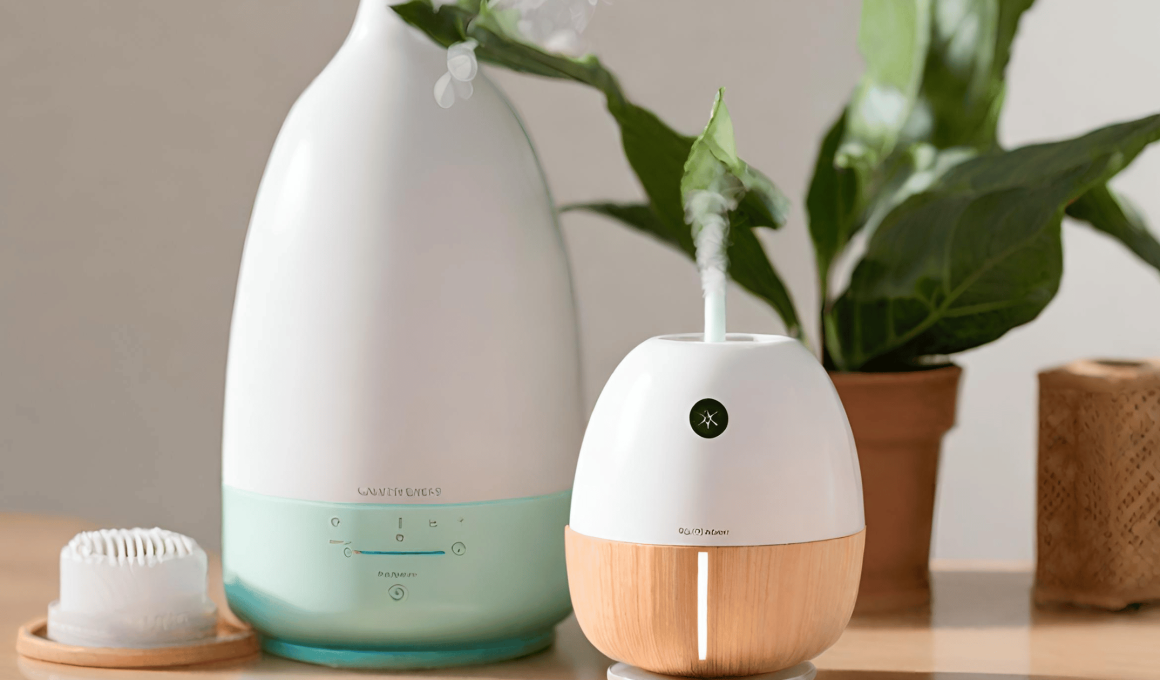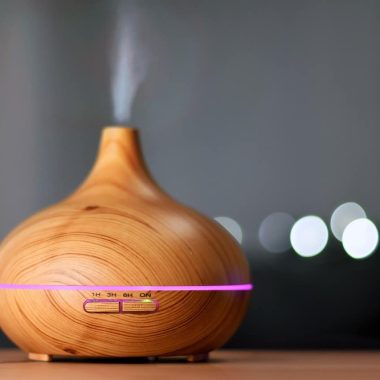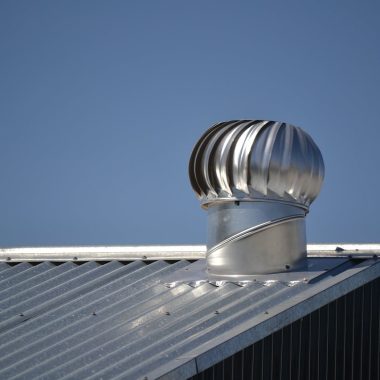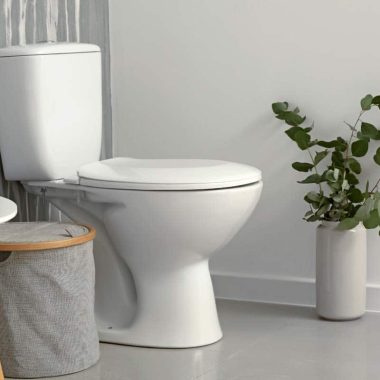Have you ever wondered if diffusers and humidifiers may be used interchangeably? Or should we say, can you use a diffuser as a humidifier to add moisture to the air in your home? Can essential oils be used in a humidifier to make your home smell nice?
You may have some pressing questions about the difference between diffusers and humidifiers.
But let me tell you, in this article, we will provide you answers to these often-asked questions.
You’ll also understand the key distinctions between diffusers and humidifiers.
These answers will make you make informed decisions and purchase the best devices for your home.
Who knows? A diffuser and humidifier may be useful additions to your home and suit your indoor air quality demands.
Diffusers and humidifiers improve a room’s air quality but differ in many ways, just like their functions.
What benefits you seek from the air in your home will determine what you require.
You are in the right place if you are here to learn and understand the simple difference between these two amazing pieces of equipment for your home.
Difference Between Diffusers and Humidifiers
Diffusers and Humidifiers are two unique devices. The primary distinction between them is that they were designed for different purposes.
Your humidifier is intended to provide moisture to the air, typically to alleviate the effects of dry air and cold weather, such as sore throats, congestion, and dry skin.
Diffusers were designed to add aromatic oils to the air, not to increase humidity.
Humidifiers are commonly available in two variants. Cool-mist or evaporative humidifiers use nebulizers and a wet-wicking filtration system.
The wet-wicking technology removes minerals and other impurities from your water, creating a refreshing mist that disperses throughout your room.
Warm-mist humidifiers are another type of humidifier. They frequently boil water to release steam and moisture into the air. Neither of these devices nor their technologies mix well with oils.
Following that, we’ll discuss more differences between diffusers and humidifiers, including diffusers and how their technology interacts with oils.
Diffusers are classified into two types: ultrasonic diffusers and atomizing diffusers.
Water and essential oils are combined in the diffuser with ultrasonic diffusers.
When you turn it on, the diffuser vibrates a plate or disc at the bottom of the water reservoir using electronic frequencies.
The vibration fragments the water, changing it into a mist that transports the oils as it floats out of the diffuser and fills the room.
Is it possible to utilize an ultrasonic diffuser as a humidifier? Let’s say yes and no.
While ultrasonic diffusers provide moisture to the air, their reservoir is usually smaller than a humidifier’s, so they cannot contribute as much moisture to the air as a humidifier would.
An atomizing diffuser, often known as a nebulizer, is the other type.
Atomizing diffusers rapidly pump air down a trough of essential oil, creating a vacuum that converts the oil to a vapor that exits from the diffuser.
This mist resembles an ultrasonic diffuser, except that the atomizing diffuser produces unadulterated oil rather than a blend of oil and water.
Let’s look at the main and other components that make up the difference between diffusers and humidifiers:
1. Purpose
Humidifiers: The primary purpose of a humidifier is to add moisture to the air to increase the humidity level.
They commonly alleviate dry air conditions that cause dry skin, respiratory issues, and discomfort.
In contrast, Diffusers, on the other hand, are primarily used to disperse essential oils into the air, creating a fragrant and therapeutic atmosphere.
They are commonly used for aromatherapy, relaxation, and to enjoy the benefits of essential oils.
2. Mechanism
Humidifiers: Humidifiers work by releasing water vapor into the air. They have a water reservoir or tank that is filled with water.
This water is then converted into moisture and dispersed into the surrounding environment through various methods, such as evaporation, ultrasonic technology, or a misting mechanism.
Diffusers: Diffusers disperse essential oils into the air as a fine mist or vapor. They typically have a water reservoir and use ultrasonic vibrations or other mechanisms to break down the essential oils into tiny particles, which are then released into the air.
3. Benefits
Humidifiers: Humidifiers help increase humidity levels, relieving dry skin, dry nasal passages, and other dry air-related symptoms. They can also help alleviate symptoms of allergies and asthma.
Diffusers: Diffusers allow for the inhalation and absorption of essential oils, which can have various therapeutic benefits. They are often used to promote relaxation, improve mood, relieve stress, support respiratory health, and create a pleasant environment.
4. Safety Considerations
Humidifiers: Proper maintenance is essential to prevent mold and bacteria growth. Regular cleaning and disinfection of the water reservoir and other components are necessary to ensure clean and healthy moisture output.
On the other hand, Diffusers are generally safe to use, but it is important to follow the manufacturer’s instructions regarding the type and amount of essential oils to use.
Some essential oils can be harmful or irritating if misused or in excess. It is also part of its safety recommendation to keep diffusers out of reach of children and pets.
5. Cost
Another difference between diffusers and humidifiers is in terms of cost. Diffusers are generally less expensive than humidifiers.
Diffusers can cost from $10 to $100, depending on the type and features, while humidifiers can cost from $20 to $200, depending on the type and size.
6. Maintenance and Cleaning
Humidifiers: Humidifiers require regular cleaning and maintenance to prevent the buildup of mold, bacteria, and mineral deposits. The water reservoir and other components should be cleaned according to the manufacturer’s instructions.
Diffusers: Diffusers also require cleaning, but the process is generally more straightforward than humidifiers. Cleaning typically involves rinsing out the water reservoir and wiping down the diffuser.
7. Noise Level
Humidifiers: Depending on the type and model, humidifiers can produce noise during operation. Ultrasonic humidifiers tend to be quieter, while evaporative humidifiers may generate more noise due to their fans.
Diffusers: Diffusers generally operate quietly, especially those that use ultrasonic technology. They emit a gentle, low-level noise that is often considered soothing.
8. Aesthetics
Diffusers: Diffusers are often designed aesthetically and can serve as decorative elements in a room. They come in various shapes, sizes, and designs, including ceramic, glass, wood, or plastic diffusers.
Humidifiers: humidifiers also come in attractive designs but primarily focus on functionality rather than aesthetics. The main goal is to humidify the air and maintain a comfortable environment efficiently.
9. Energy Consumption
Diffusers: Diffusers are typically designed to be energy-efficient, primarily using electrical energy to disperse essential oils. The energy consumption is relatively low, especially for ultrasonic diffusers.
Humidifiers: Humidifiers, especially larger ones designed to humidify an entire room, often consume more energy than diffusers. Ultrasonic humidifiers are generally more energy-efficient than warm mist humidifiers, which use heat to produce steam.
10. Variability in Features
Diffusers: Diffusers come with various features, such as timer settings, adjustable mist levels, LED lights, and automatic shut-off when the water runs out. These features distinguish diffusers from humidifiers; they enhance the user experience and allow more control over the diffusion process.
Humidifiers: Humidifiers that offer adjustable humidity settings and built-in hygrometers; their features are generally more focused on humidity control and less on ambiance-related features like diffusers.
11. Use in Different Seasons
Diffusers: Diffusers are used year-round and are not season-dependent. You can enjoy the benefits of aromatherapy and essential oils in any season, adjusting the scents to suit your mood or taste.
Humidifiers: Humidifiers are commonly used during dry seasons, such as winter. When indoor heating systems can significantly reduce humidity levels, they help counteract the dry air and maintain a more comfortable environment for breathing and general well-being.
12. Effect on Pets
Diffusers: While essential oils can benefit humans, some can harm pets, especially cats and dogs. Certain essential oils may cause adverse reactions or toxicity in animals, so using diffusers in pet-friendly areas is vital.
Humidifiers are generally safe for pets when used with plain water and without essential oils. Adding moisture to the air can benefit some pets, especially those with respiratory conditions. However, like any electrical appliance, ensuring the humidifier is out of reach of curious pets is essential.
13. Coverage Area
Diffusers: Diffusers are typically suitable for smaller to medium-sized rooms, such as bedrooms, living rooms, or offices. The mist from the diffuser may need to be increased to adequately humidify larger areas.
Humidifiers: Humidifiers come in various sizes, and their coverage area can range from small rooms to entire houses.
Conclusion
What is the difference between Diffusers and Humidifiers? Having discussed this topic thoroughly, it should be easier to choose if you have plans to get one.
The choice between a diffuser and a humidifier depends on the individual’s needs and preferences, as they are also very similar.
For example, a diffuser may be the best option if someone is looking for a device to disperse essential oils and create a calming atmosphere.
A humidifier may be the best option if someone is looking for a device to add moisture to the air and alleviate respiratory problems.
Proper precautions, such as reading the manual booklet that comes with either of these devices before using them, are also essential.
This will give you a better understanding of your devices and how to care for them for better efficiency.
Lastly, remember to consider your pets if you have any.









